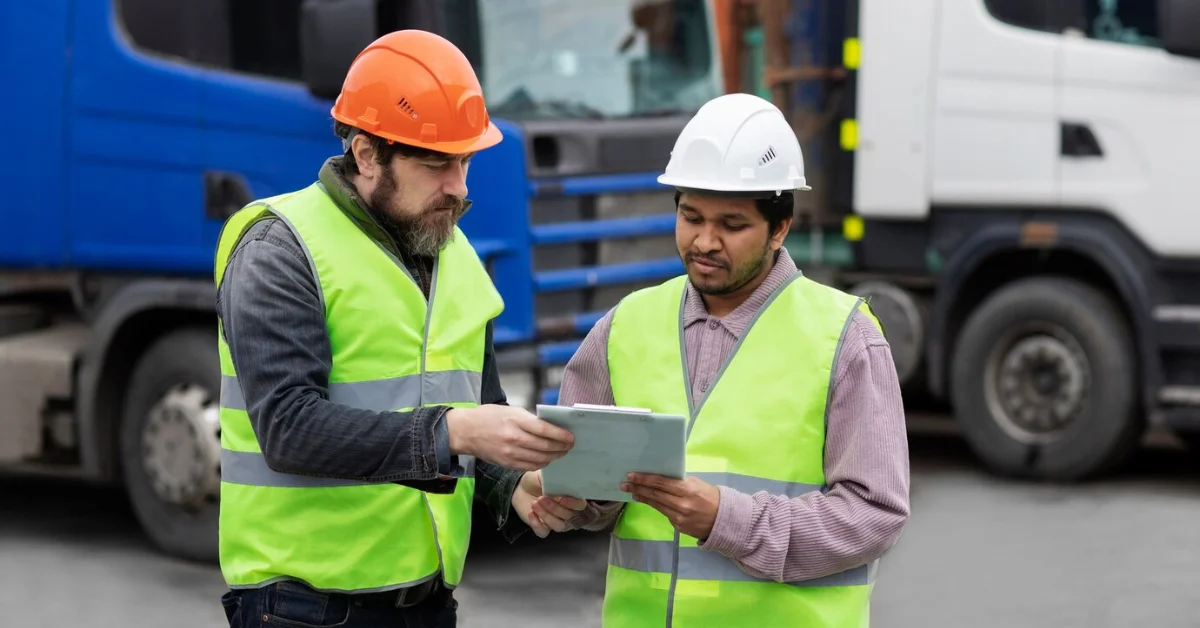The Future of Occupational Health and Safety in a Digital World

Modern technology introduces fresh equipment and systems that transform how we do our jobs and daily activities. Workplace safety and health protection is one key area experiencing major changes from this transformation. Remote work, wearable tech, and new training methods help organizations keep employees safe.
Understanding how these changes affect health and safety is crucial for everyone.
The Rise of Remote Work
Working from home has transformed how many business sectors operate. A record number of employees now work remotely, creating fresh safety and health concerns we haven’t faced before. Homes lack the safety measures typically found in traditional workplaces.
Many employees lack ergonomic furniture. This is important because it helps prevent posture-related injuries. Companies must find ways to ensure their employees stay safe, even when they are working in different environments.
Wearable Technology for Improved Safety
Smart devices you can wear are gaining popularity across various work environments. Intelligent gadgets such as fitness watches and health trackers can monitor your body heat, pulse, and tiredness levels.
Safety vests with sensors also help keep an eye on these health metrics. This technology helps employers monitor their employees’ well-being. These devices can spot possible problems before they become serious.
Enhanced Training Through Virtual Reality
Training programs now use advanced technology to educate employees on health and safety. VR technology has become a game-changing method for building true-to-life practice experiences. This lets workers rehearse techniques and steps in a protected setting where no one can get hurt.
For example, workers can engage in simulations that teach them how to react in emergencies, such as an evacuation or a fire. This training method is enjoyable. It helps employees remember key safety procedures better than traditional methods.
The Importance of First Aid Training
While work environments change, teaching employees first aid training remains extremely valuable. Whether employees work in an office, a factory, or remotely, knowing how to respond to injuries and emergencies can save lives.
Many organizations are focusing on employee safety training. They want to prepare their staff for any situation.
Trained employees can help manage accidents until emergency services arrive. This lessens how badly people get hurt and makes the workplace more secure for everyone.
Access to Resources and Information
In the digital age, access to resources is more accessible than ever. Organizations can give employees online training materials. These safety guidelines are always available.
Employees can watch training videos, read information, and complete lessons about different safety and health subjects. Having these resources ready anytime lets workers study and improve when it works best for them. They can also revisit important information whenever they need to.
These resources help employees focus on their safety and their coworkers’ safety. Spending money on employee safety training and building safety-focused attitudes helps both people and makes companies more successful.
Challenges Ahead
Despite the benefits of a digital future for health and safety, challenges remain. Online security dangers can expose private information, so companies must make protecting data a top priority.
Also, as workplaces change, keeping a strong safety culture will be key. Employers must stay alert and flexible about health and safety. They need to support employees as they adjust to new technology.
The Future of Employee Safety
While tech keeps getting better, workplace safety and health protection has a bright future ahead. Remote work, wearable tech, virtual reality training, and easy-to-access resources all help make a safer workplace.
By focusing on health and safety and prioritizing employee training, companies can help protect their workforce in an increasingly digital world.
